Facebook and other social media sites are blocking masterpieces of “nude” art from Rubens, Bruegel, Van Eyck and others. In an open letter, several top European Museums are asking social networks to reconsider their policy. Facebook has been in the spotlight recently for blocking content including some parts of the United States Constitution and other historical documents and multimedia content.
Artistic censorship continues to pursue Peter Paul Rubens. In the 17th century, the Flemish Baroque painter was asked by the Catholic Church to paint camouflaging ‘loincloths’ over certain body parts of his Venus figures. Nowadays, social media networks, including Facebook, go one step further. All breasts, buttocks and cherubs painted by artists such as Rubens are banned on these platforms. ‘Bots’ on Facebook use artificial intelligence to screen for nudity, but do not make a distinction between pornographic images or nudity in art. Flanders – the perfect place to enjoy the Flemish Masters in all their glory – is denouncing this artistic censorship in a playful manner. At the Rubens House, ‘nudity viewers’ with a Facebook account were blocked from viewing nudity by a group of “social media police agents”.
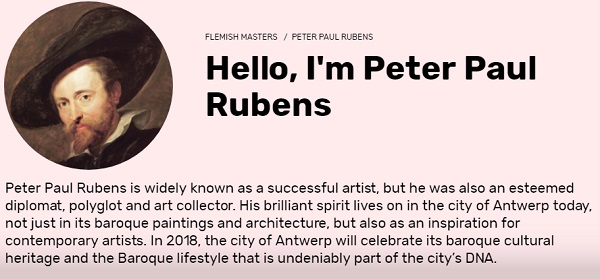
The Flemish Masters are best experienced in Flanders, the number one destination for art lovers. After all, this is where Rubens, Bruegel and Van Eyck lived and worked. Their work can often be found still hanging in the very same places for which they were made. “We want to promote this unique experience,” says Peter De Wilde, CEO of VISITFLANDERS. “Our Flemish Masters attract hundreds of thousands of visitors to Flanders each year and we are proud of this achievement.
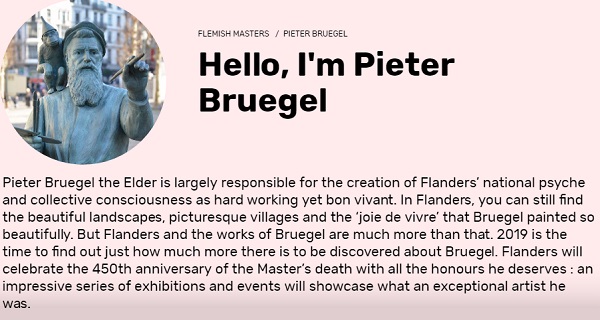
With our multi-year program focusing on Rubens, Bruegel and Van Eyck, which was launched in 2018, we are aiming for three million visitors by the end of 2020. At the moment it is not possible for us to promote our unique cultural heritage via one of the most popular social media networks. Our art is categorized as being indecent and sometimes even pornographic. This is such a shame as it restricts the promotion of our Flemish Masters.”
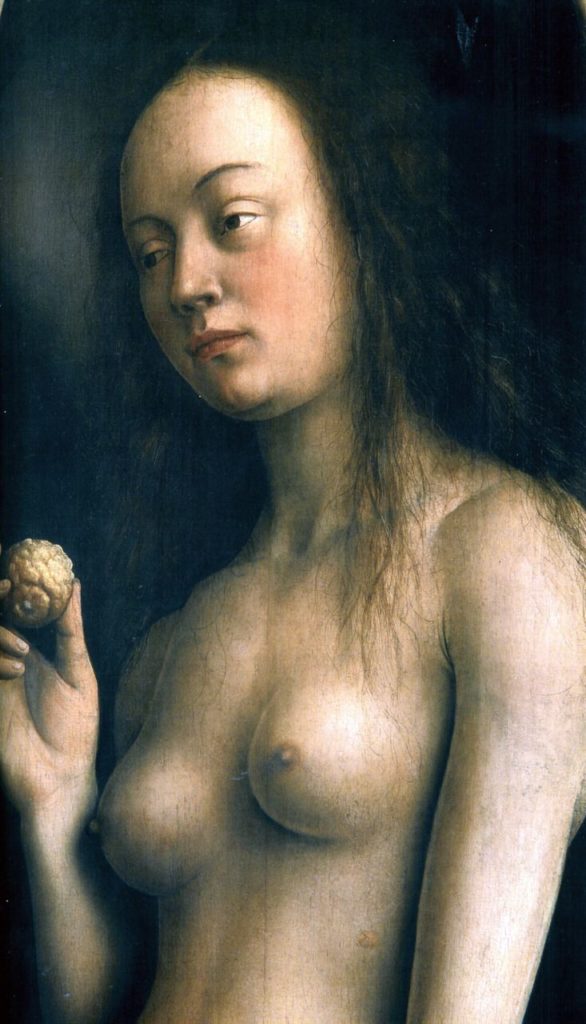
The agency in charge of promoting tourism in Flanders, Belgium explains that they have invested 30 million US dollars in 2018 to improve the experience of cultural travelers visiting that region, especially in cities like Antwerp, Bruges, Ghent and Brussels. Now they can’t promote some of those museums due to restrictive policies applied by some online social networks.
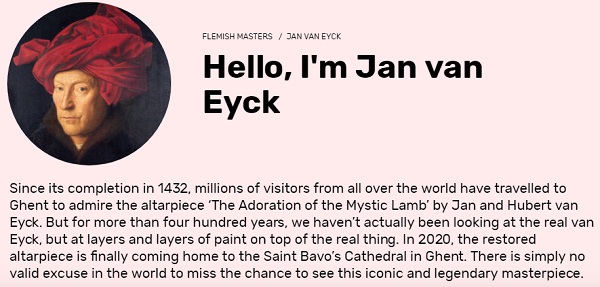
‘We are for it and not against it’ is what the people of Flanders say. Peter De Wilde explains, “Social media and art have a lot in common. Art brings people together. Social media brings people together, and our Flemish Masters too. This is why we want to enter into discussions with Facebook so that we can use this platform as one way in which to make our art visible. Surely it’s not that difficult to differentiate between cultural heritage and gratuitous nudity?”
VISITFLANDERS position is supported by several top museums in Belgium and around Europe. In an open letter, the institutions ask Mark Zuckerberg to revise Facebook’s policy related to art, culture and heritage. Click here to read the open letter.
“We tried various channels to bring this matter to Facebook’s attention. Unfortunately nobody listened,” De Wilde explains. Flanders hopes the comedy video produced in Rubens’s House will facilitate a discussion to solve the issue and allow users to view this content that is present in encyclopedias and elementary school grade text books. “Flanders is a unique art destination. But because we are naturally modest in Flanders, we do not shout out about it often enough. This stunt enables us to make our presence felt and also honor the spirit of Pieter Paul Rubens. He was an artistic rebel who was not afraid of engaging in social debate. There’s no finer tribute to honor our Flemish Master than by taking up the battle against unnecessary artistic censorship.” For the Silo, Marcos Stupenengo.
About the Flemish Masters.
For over 250 years, from the 15th to long into the 17th century, Flanders was a figurehead for fine arts in Western Europe and the source of inspiration for well-known art movements of the time, such as the Flemish primitives, the Renaissance and the Baroque. Artists were known for their craftsmanship, creativity and technical innovations and they transformed the prosperous and urbanized Flanders into one of the most refined cultural regions with their impressive artistic and architectural creations.
About Peter Paul Rubens, master of female nudity.
Rubens is the best-known Flemish Master. This Baroque painter, illustrator and diplomat was one of the most celebrated artists of the 17th century. He exerted a particularly strong influence. He was a master of color, composition and painting techniques and also an expert in painting female nudity. His nude figures – which often refer to mythical beings – appear extremely lifelike, made from flesh and blood, with a fair amount of cellulite and with all kinds of body shapes visibly on display.
About Antwerp, the home of the Flemish Baroque movement.
Lonely Planet selected the best cities to visit in 2018 and included Antwerp in its top 10. According to the travel guide, Antwerp is one of Europe’s best kept secrets. And there is certainly plenty to see and do there in 2018. The “Antwerp Baroque 2018. Rubens inspires” festival shows you the finest places in Antwerp: www.antwerpbaroque2018.be

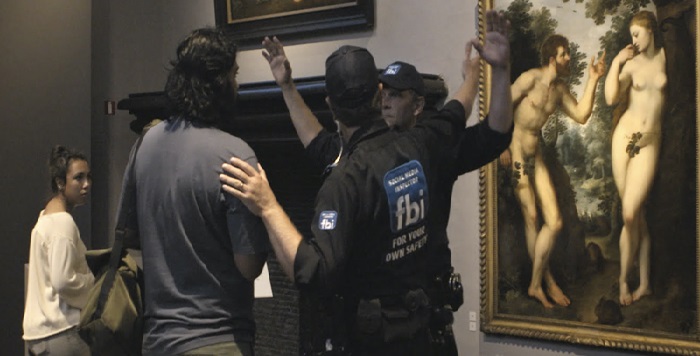
Leave a Reply
You must be logged in to post a comment.